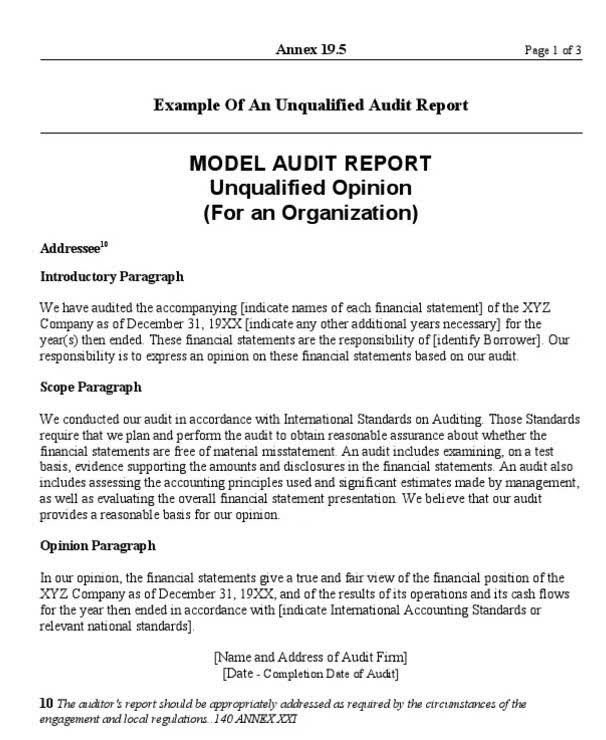
Unlike traditional bookkeeping, which relies on periodic updates, real-time bookkeeping ensures continuous transaction recording, automated reconciliation, and real-time financial reporting. This allows business owners to make faster, data-driven decisions, reduce errors, enhance tax compliance, and stay audit-ready. Examples of accrued expenses include interest owed on loans payable, cost of electricity used, and repair expenses that occurred at the end of the accounting period. These expenses are recorded to ensure that the company’s financial statements reflect the accurate financial position. The current portion of long-term debt is also a type of short-term liabilities are the amounts of money due to others that need to be paid now. loan liability. This is the amount of principal that must be paid within 12 months of the balance sheet date.

Accrued Expenses
- This information is useful to owners, lenders, and investors as a decision-making tool.
- Balance sheets help business owners understand the financial health of their business.
- Patents, investments, stocks and bonds, and trade names fall into the category of intangible or nonphysical assets.
- In addition, assets can be divided into tangible or intangible assets.
- The balance sheet’s right side is devoted to liabilities, which are made up of debts including loans, accounts payable, mortgages, deferred revenue, bonds, warranties, and cumulative expenses.
- We can not guarantee its completeness or reliability so please use caution.
- Expert guide to accounting reserve account management & fund allocation strategies for businesses, optimizing financial efficiency & growth.
Accrued expenses are recorded to ensure that a company’s financial statements reflect its accurate financial position. A liability is an obligation that results in future sacrifices of economic benefits to other entities or Certified Bookkeeper businesses. It’s a financial burden that can be a source of financing, but poor management can lead to negative consequences. Given the fact that both these terms are fairly similar, there is a very notable difference between the amount due to and the amount due from customers. Therefore, it can be seen that credit that is due from customers is considered a current asset. Therefore, these journal entries are created in order to showcase the amount that is due from customers.
Accounting reporting of liabilities
Assets can be broken down into current, noncurrent, and investment assets. Kellie Hessel is a rising star in the world of journalism, with a passion for uncovering the stories that shape our world. This can be a significant liability, especially for businesses that rely on just-in-time inventory management. Contingent Liabilities are a special type of liability that may occur depending on the outcome of an event that may take place in the future.

How Do Liabilities Influence a Business’s Financial Health?
For instance, deferred revenue is cash already collected for a good or service that the business has yet to deliver. Companies cannot count this prepayment as revenue until that product or service is delivered to the customer. Obligations to provide goods or services in the future can also be liabilities. Current liabilities plus long-term liabilities amount to a company’s total liabilities. You might notice different types of equity depending on your business structure.
Optimizing Accounting Reserve Account Management Strategies
- Liabilities refer to the financial obligations or debts that a person or a company owes to others.
- It is considered to be an integral part, and this is something that should ideally be included in the financial statements.
- By examining the liability section of the balance sheet, investors can assess both the company’s current payment responsibilities and its long-term financial strategies.
- Liabilities are all of a company’s financial obligations owed to others.
- Credit that is due from customers is considered to be a current asset.
- It involves the amounts owed to other parties, usually from business deals.
- Accrued expenses, such as wages and taxes, are also a type of liability that must be recorded and paid.
Like assets, liabilities can be categorized as current and noncurrent, depending on when they are due. A balance sheet shows a company’s assets and liabilities at a given time and how money is flowing in and out of the business. This information is useful to owners, lenders, and investors as a decision-making tool. Accrued expenses can be estimated if necessary to issue a company’s financial statements on a timely basis. Accrued expenses can be estimated if a company needs to issue financial statements on a timely basis.
- This type of liability is reported in the current liabilities section of the balance sheet.
- Enlist personal expert support from a competent bookkeeping service like Fincent to see to the accounts side while you focus on what you know best about your business.
- Kellie Hessel is a rising star in the world of journalism, with a passion for uncovering the stories that shape our world.
- In this article, we’ll break down what assets, liabilities, and equity mean, as well as how they work together.
- It’s a financial burden that can be a source of financing, but poor management can lead to negative consequences.
- Current liabilities are debts that need to be settled within the next 12 months—think accounts payable (money owed to suppliers), short-term loans, and accrued expenses like wages.
- Accrued expenses can be estimated if a company needs to issue financial statements on a timely basis.
Small Businesses

Contact a financial and/or tax professional regarding your specific financial and tax situation. Please Accounting Periods and Methods visit our terms of service for full terms governing the use this site. Accounts Payable, or A/P, is a type of Other Liability that represents the amount of money a company owes to its suppliers or vendors.

Is Amount Due to Customers same as Accounts Payable?
It is usually a simple, single sheet of paper summarizing your company’s assets, equity, and liabilities. But the accountant had a good laugh and went on to share the details of the art gallery’s profits, which looked very respectable. After a long career as an art dealer, Amrish Chauhan opened an art gallery in New York City in his early fifties. The gallery was a hit from the very start, but Amrish’s accounts were in a mess. Finally, it is important to note that investors can find positive elements on the company’s liability side of the balance sheet. Investors might also often see the term note, which is a legal document representing a loan’s terms, including the interest rate and payment schedule.
